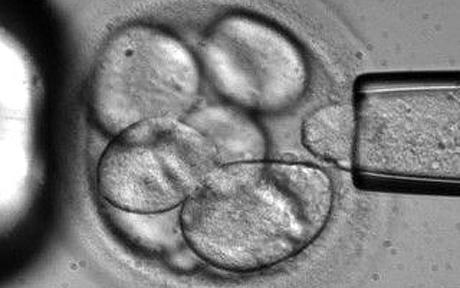Researchers at UCSD recently figured out how to prevent the immune system from rejecting cell grafts
UCSD biologists have optimized a way of preventing the human immune system from rejecting human embryonic stem cell grafts, paving the way for protecting transplanted stem cells from immune response attacks.
Principal investigator Yang Xu, UCSD professor of biology, and primary author Zhili Rong ,collaborated with scientists in China to develop “humanized” laboratory mice with a working immune system that simulates human immune system rejection of foreign human embryonic stem cells.
The traditional approach to stem cell science is to take a xenograft, which is a tissue transplant between different species; however, in these cases, xenograft rejection often occurs, as the animal’s own immune system may reject the graft.
Xu’s group of scientists then looked into improving methods of allografting — which is the transplant of tissues between the same species — as an alternative. His team created a “humanized” mouse; they took immune deficient laboratory mice and grafted human fetal thymus tissues and hepatopoietic stem cells from a human fetal liver donor. The mice have an immune system similar to that of a human’s, which effectively simulates allograft rejection.
“We have improved a method to protect allografts, which is traditionally achieved through the use of immunosuppressants,” Rong said. “The advantage of the local immune environment is that it prevents the need for lifelong immunosuppressants.”
He and his team of researchers have developed a local immune environment that provides local protection from the host’s immune responses.
These humanized mouse models allow biologists to narrow potential immune suppressing molecules down to two effective molecules, CTLA4-lg and PD-L1, which inhibit T-cells involved in immune rejection.
“The ultimate goal of this research is to benefit human health, and this way, we can apply it to humans more easily,” Rong said.
By creating a local immune environment, it safely protects stem cell grafts from the allogeneic immune rejection without needing systemic immune suppression.
“However, there is a disadvantage to this local immune environment, which is that it may evade the surveillance of the immune system completely,” Rong said.
Xu said that the disadvantage can be rectified by introducing a gene in the immune expression cells that kills the cells off — a suicide gene.
“The humanized mouse system is really a powerful model with which to study human tumor immunity,” Xu said in a UCSD News Center release.








